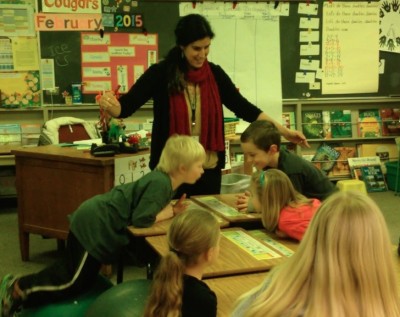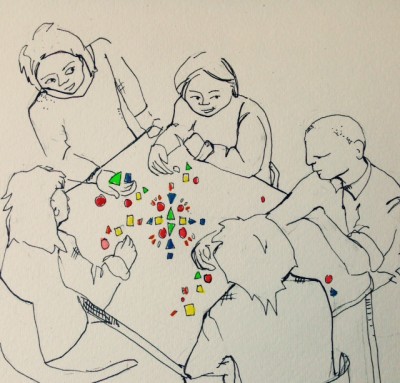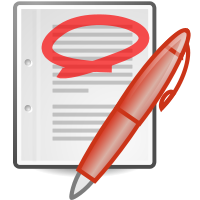Alfie Kohn published a Salon opinion piece August 16th imploring educators (and others) to take a closer look at the current fad in education: Growth vs. Fixed mindset.
Carol Dweck’s research about the impact of growth versus fixed mindsets (with regard to children achieving their full potential) seemed to sweep quickly through the education landscape. There’s a lot of good in the idea: what we focus on in the learning process ought to focus on improving knowledge and skills rather than simply aiming for a specific score on an assessment. Dweck’s 2007 book, Mindset, perseverates on that point though examples and in my personal opinion, contains about seven really great pages that get to the core of the idea (you can skip the rest).
Kohn points out that the fundamental principles of the growth mindset focus aren’t inherently bad, but he offers this, which to me sums up everything (everything) about education reform, trends, and change:
Having spent a few decades watching one idea after another light up the night sky and then flame out — in the field of education and in the culture at large — I realize this pattern often has less to do with the original (promising) idea than with the way it has been oversimplified and poorly implemented. (Source)








